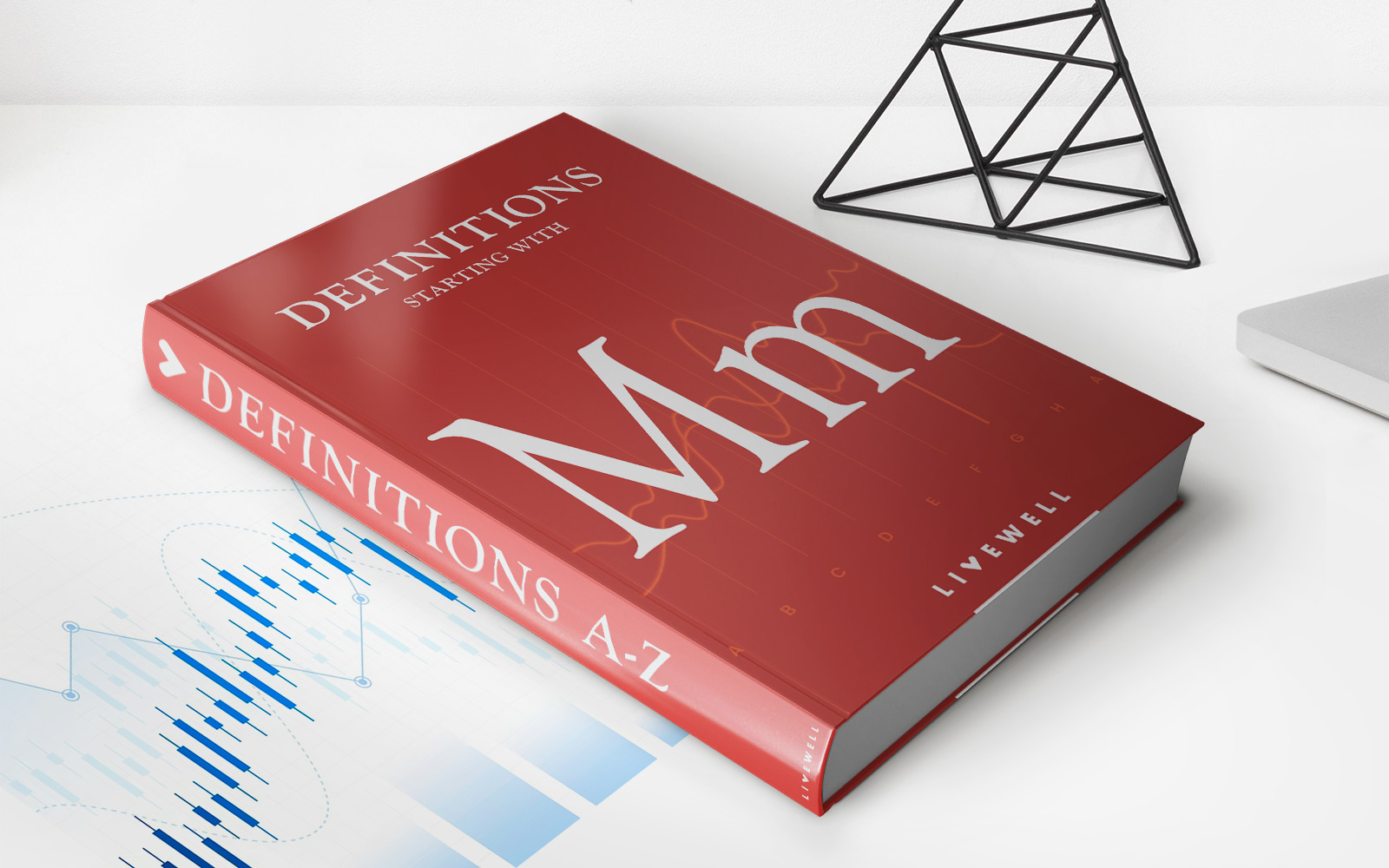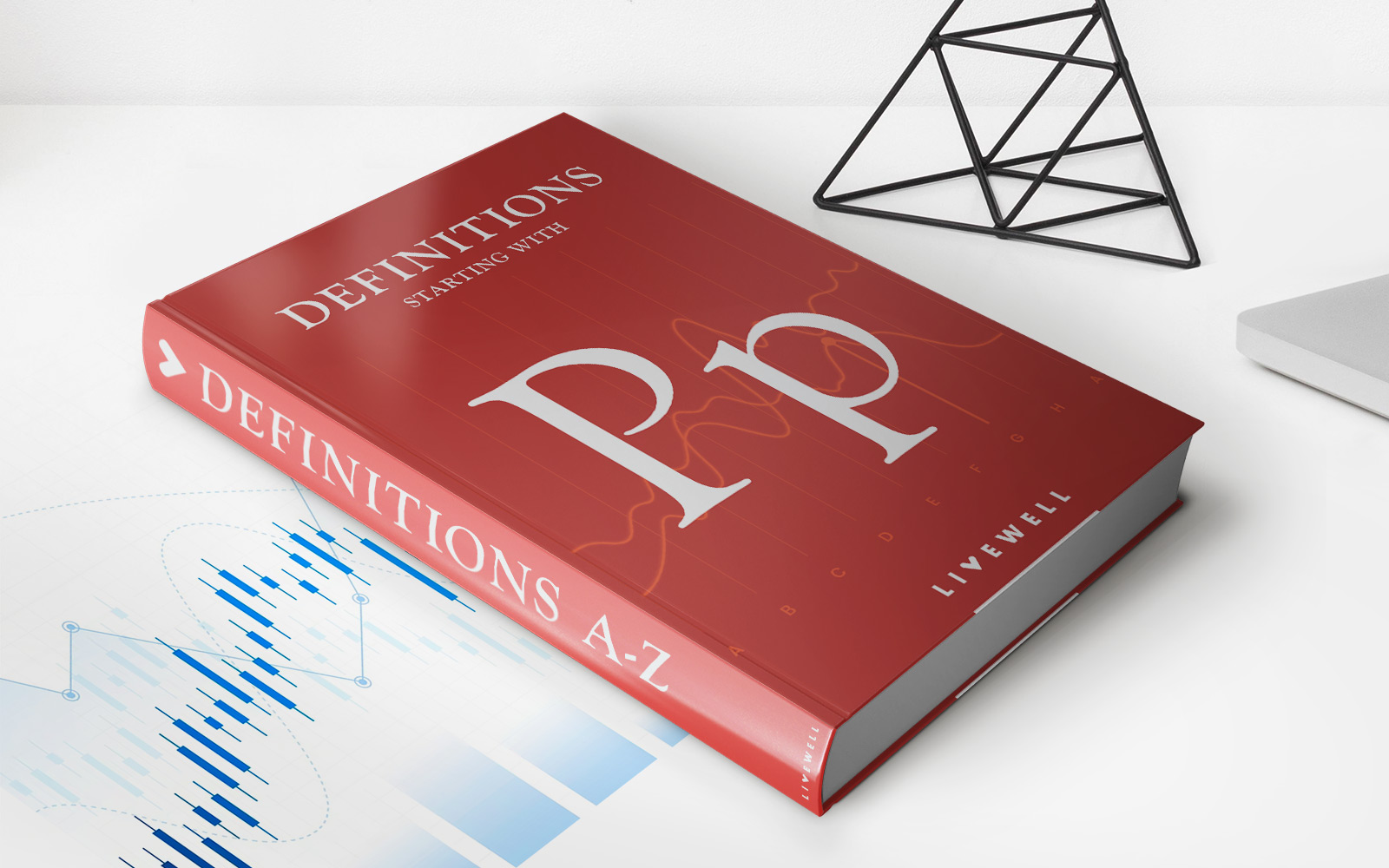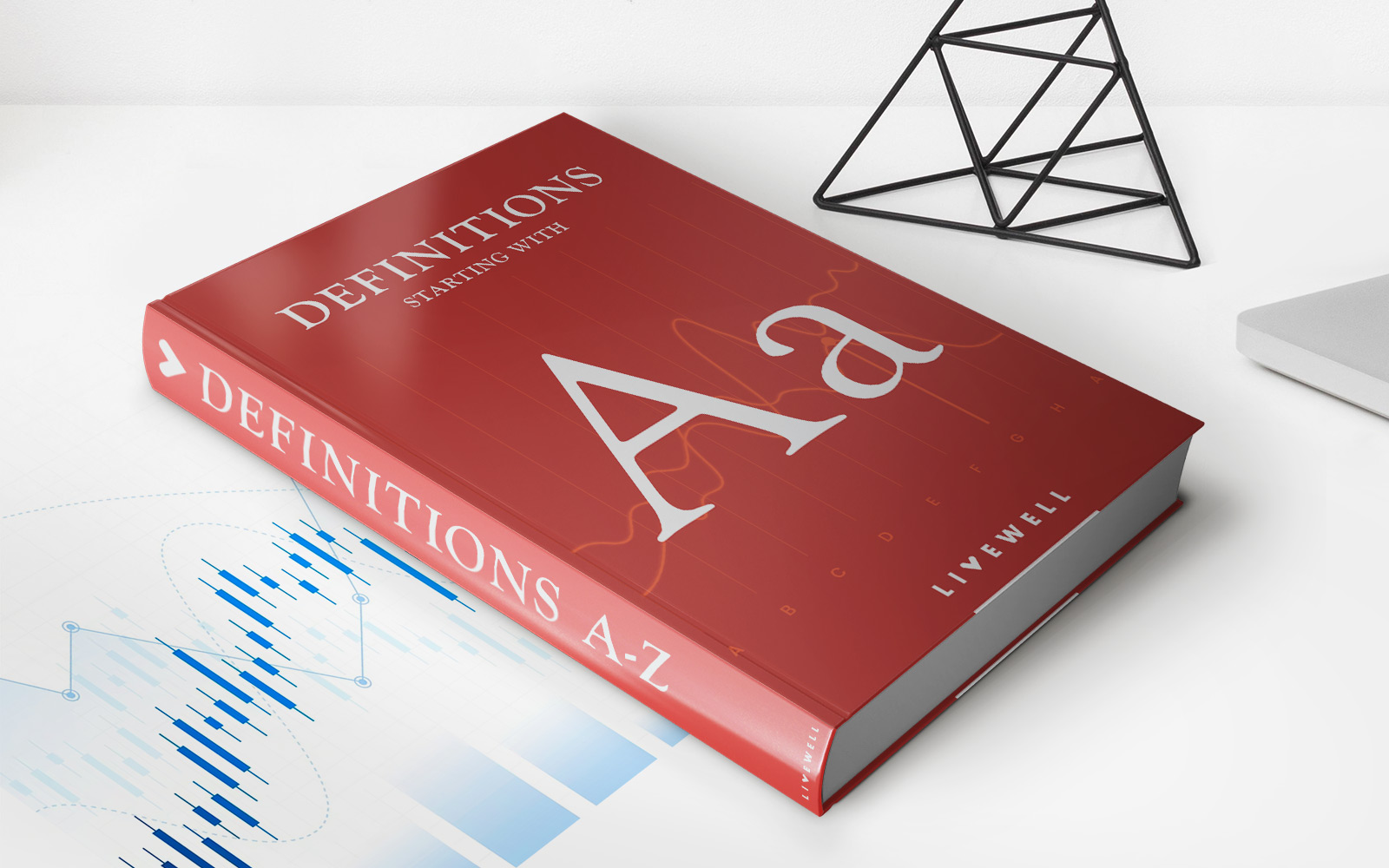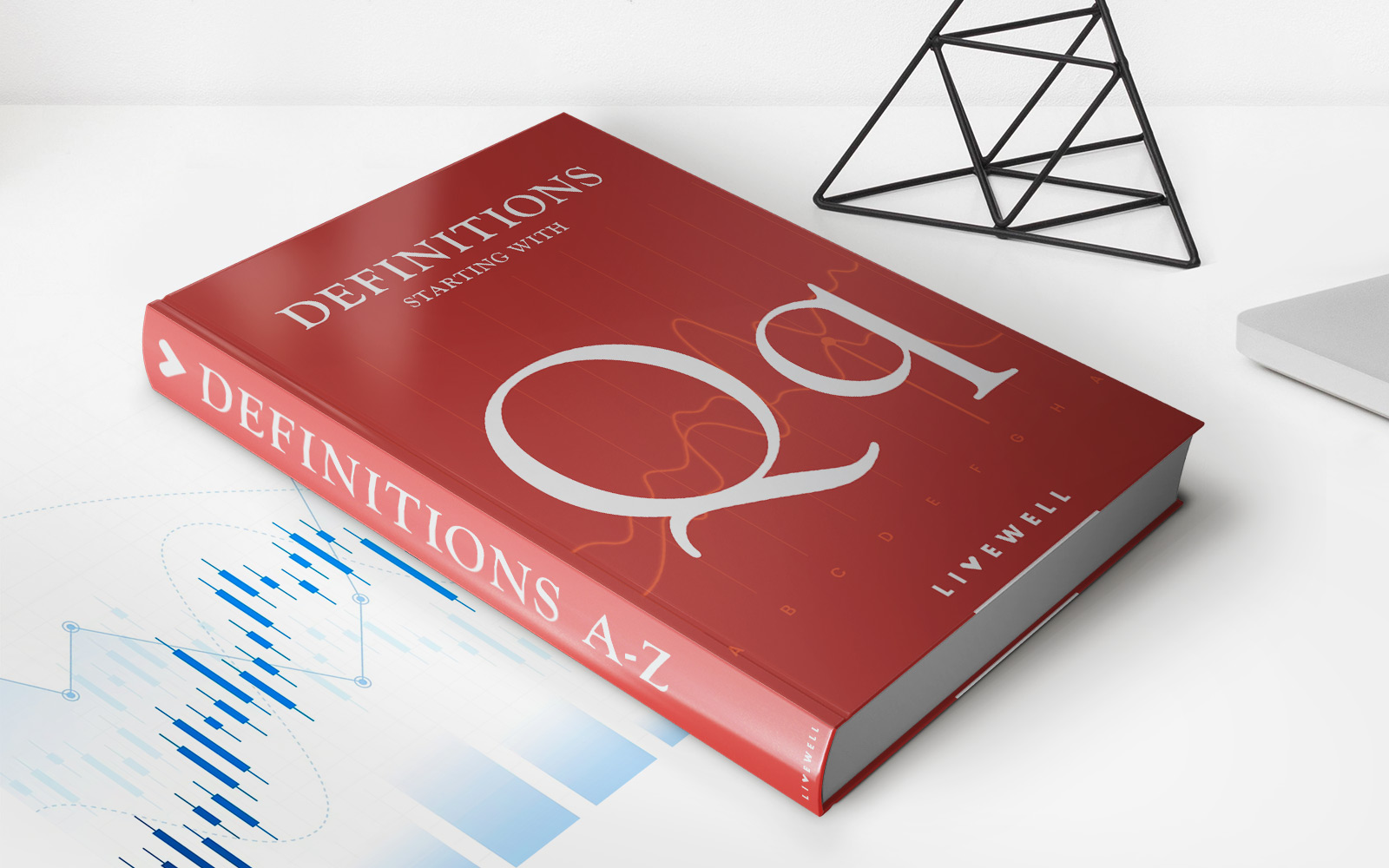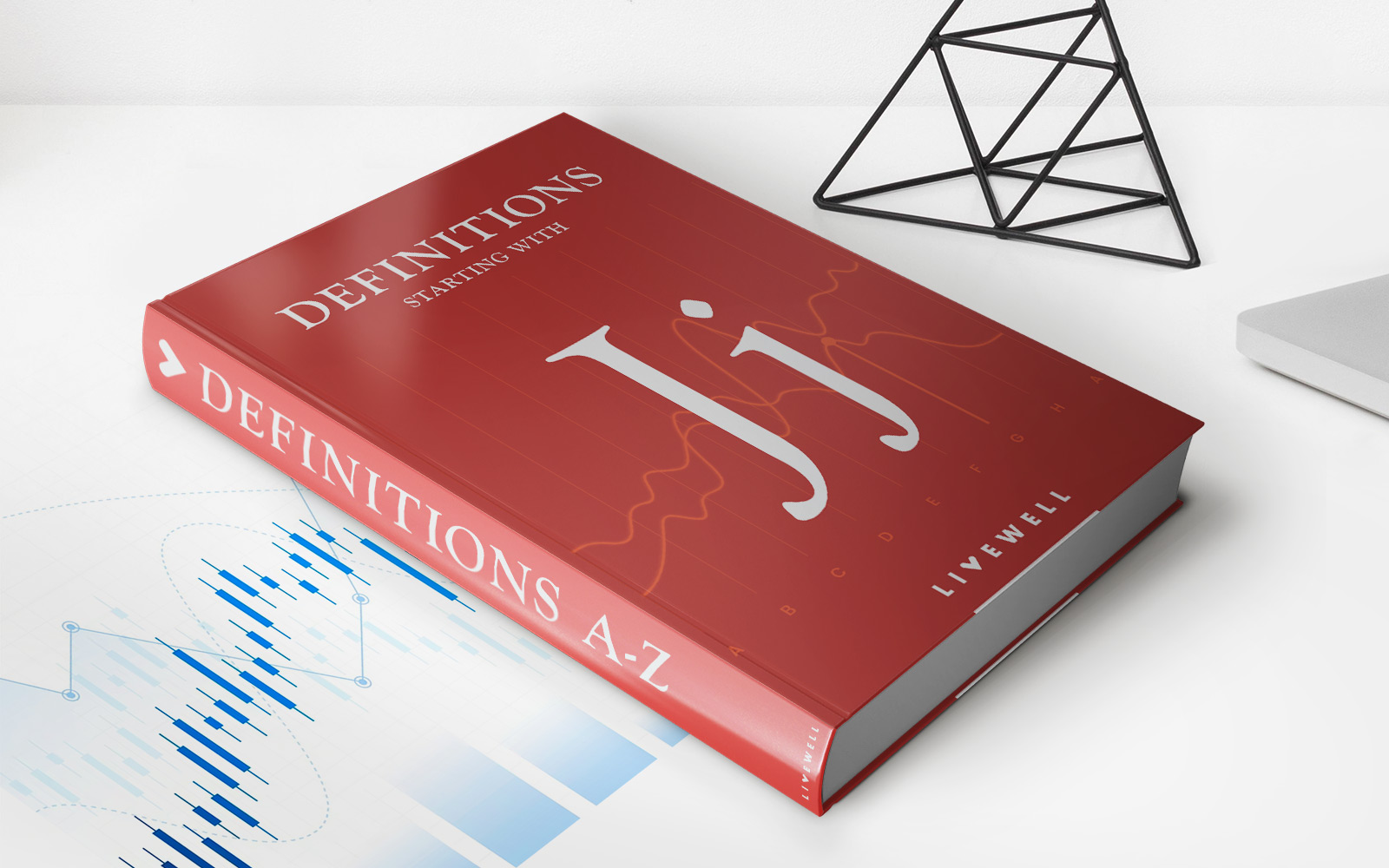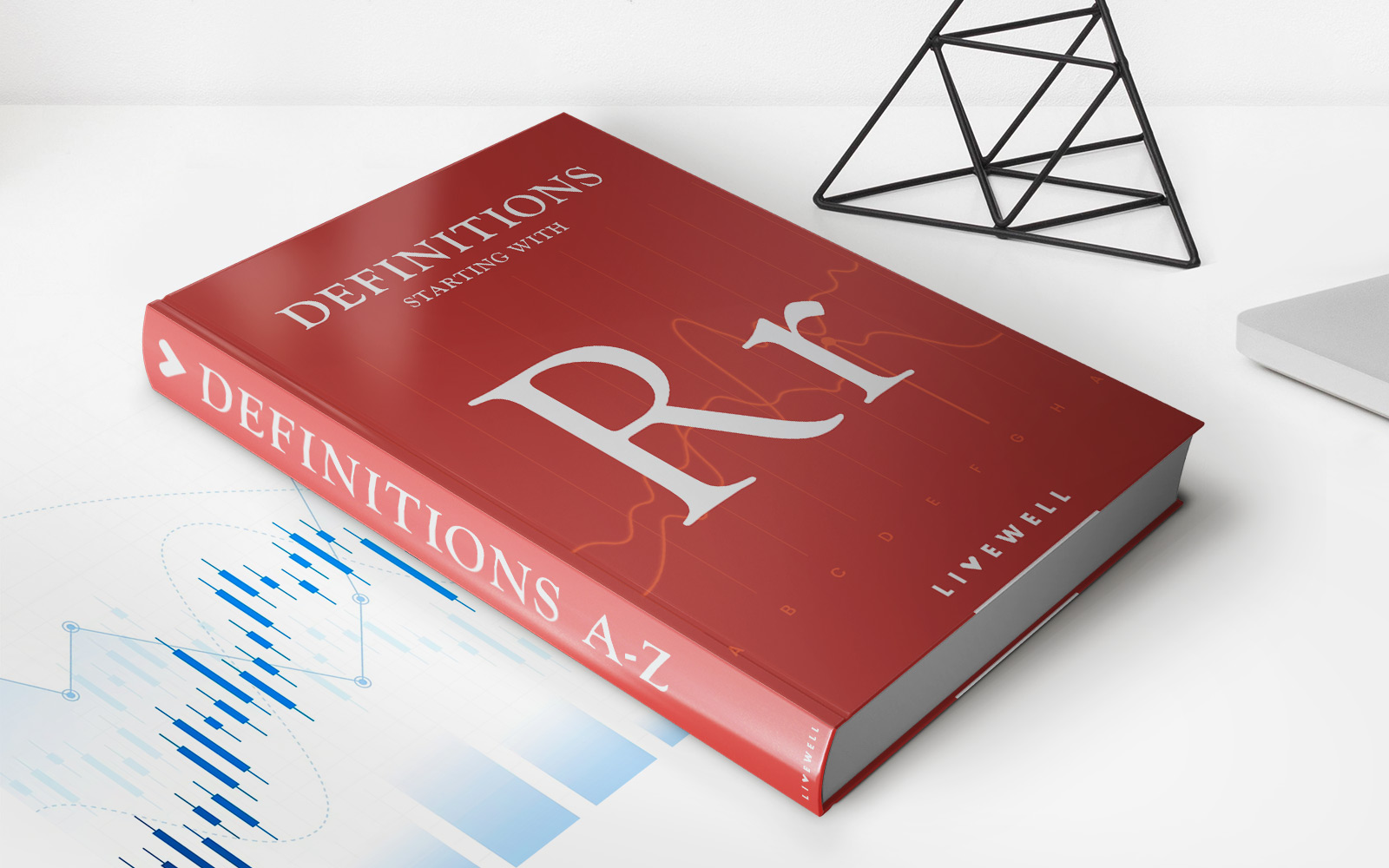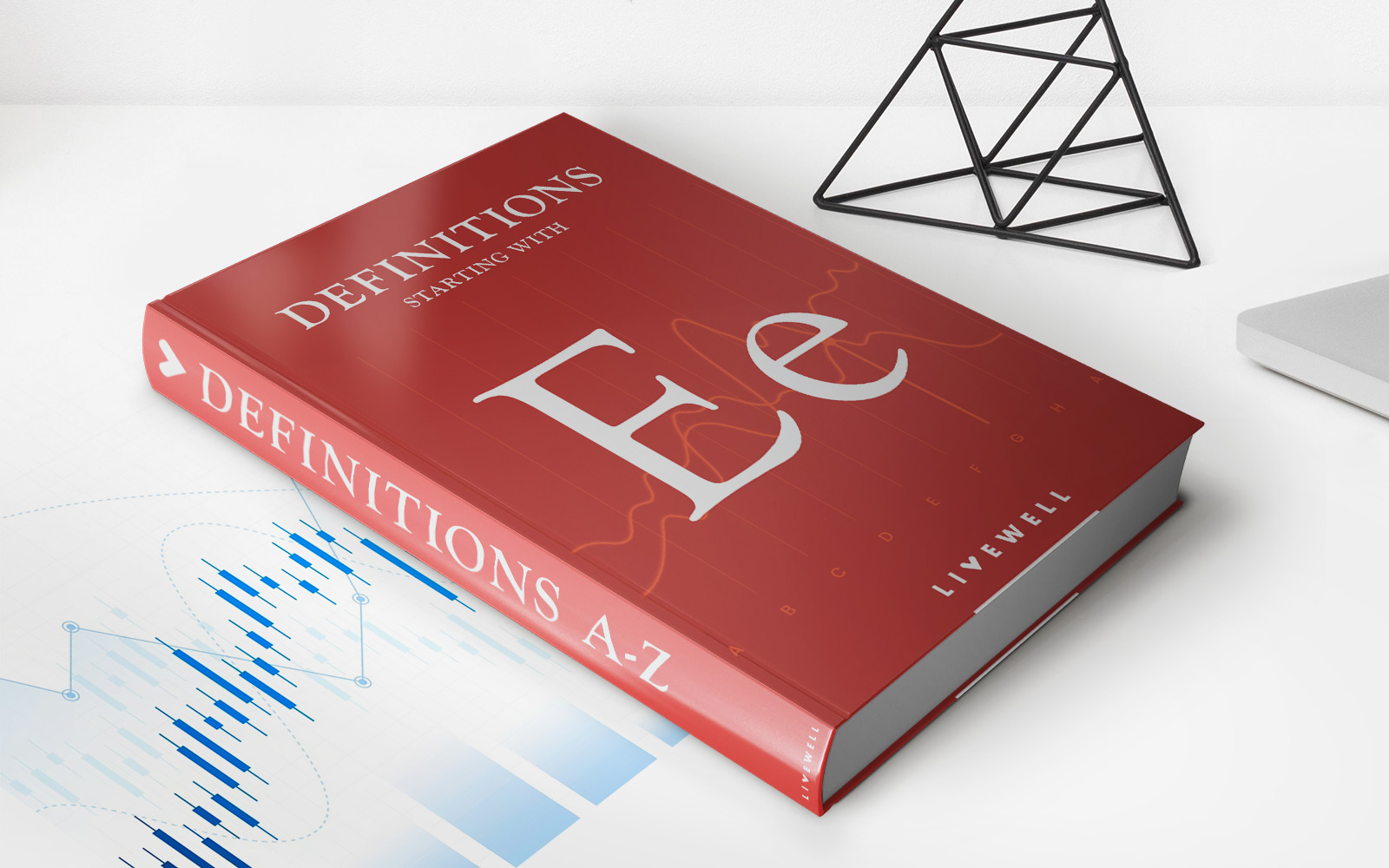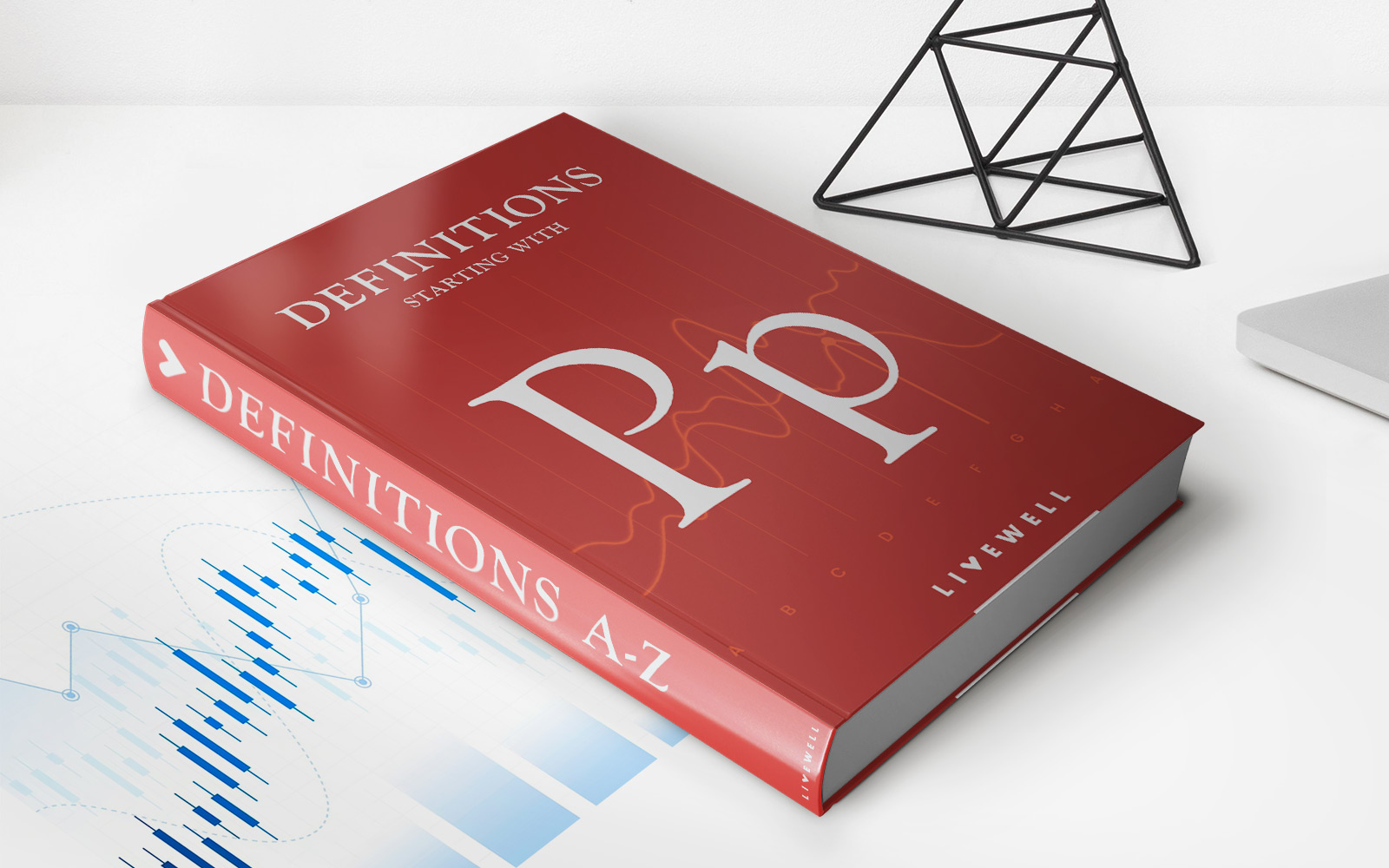Home>Finance>Velocity Of Money: Definition, Formula, And Examples
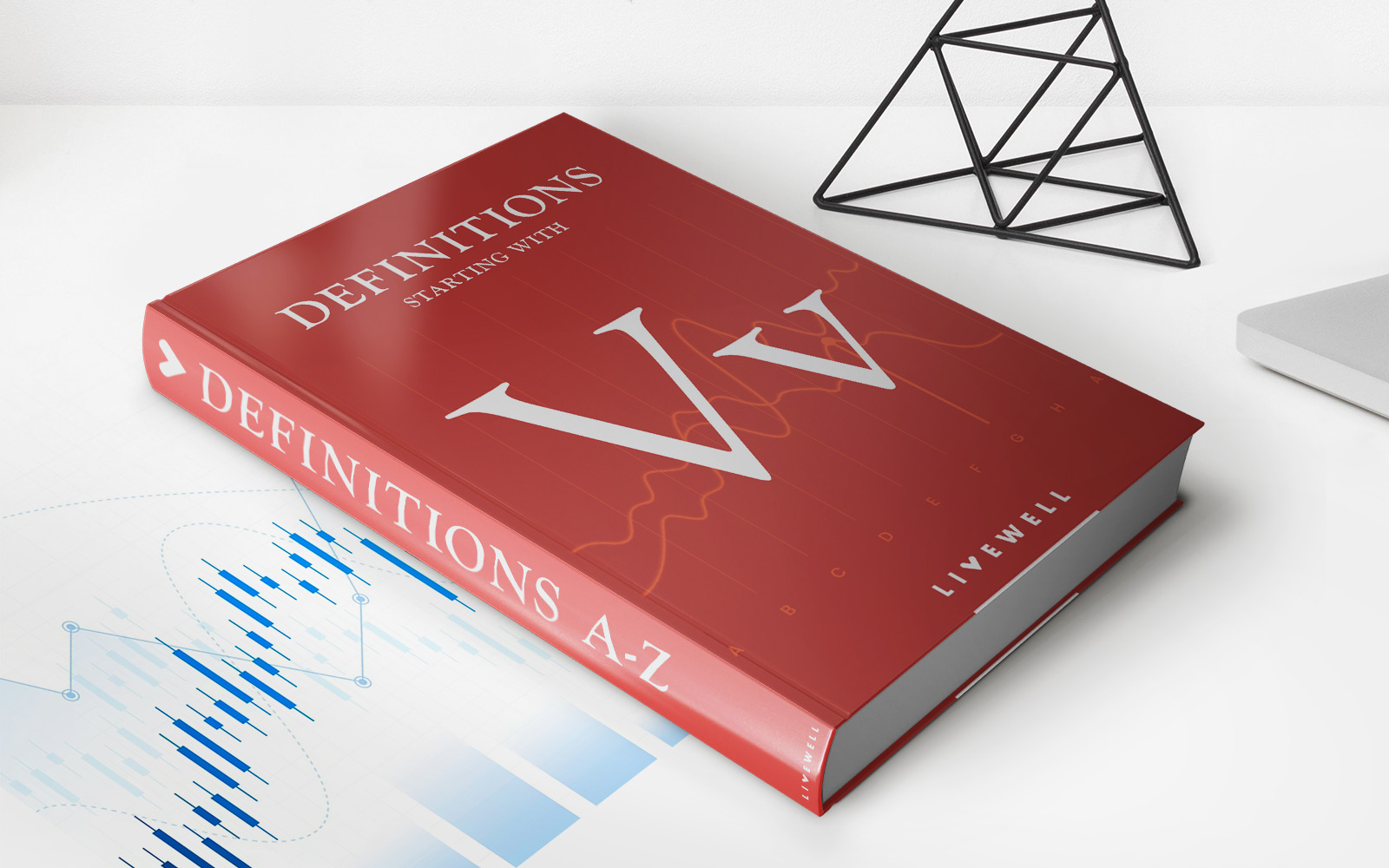

Finance
Velocity Of Money: Definition, Formula, And Examples
Published: February 16, 2024
Learn about the velocity of money in finance, including its definition, formula, and examples. Increase your understanding of this crucial concept.
(Many of the links in this article redirect to a specific reviewed product. Your purchase of these products through affiliate links helps to generate commission for LiveWell, at no extra cost. Learn more)
Velocity of Money: Definition, Formula, and Examples
Welcome to the “Finance” category of our blog! In today’s post, we will dive into the fascinating topic of the velocity of money. Have you ever wondered how money flows through an economy, and how quickly it circulates from one person to another? The velocity of money is a key concept that helps us understand the speed at which money changes hands within a given period of time. By exploring the definition, formula, and examples of velocity of money, we can gain valuable insights into the dynamics of an economy.
Key Takeaways:
- The velocity of money measures the number of times a unit of currency is used to purchase goods and services in an economy during a given period of time.
- A higher velocity of money suggests a more active circulation of money, indicating a healthier and more robust economy.
What is Velocity of Money?
The velocity of money, in simple terms, refers to the speed at which money changes hands within an economy. It represents the number of times a unit of currency is used to purchase goods and services during a specific time frame, typically a year.
Think of it this way: when you receive your salary, you spend it on various things such as rent, groceries, bills, and entertainment. The money you spend then becomes income for those receiving it, and they, in turn, spend it on their needs and wants. This cycle of spending continues, creating a flow of money through the economy.
The velocity of money can be influenced by a variety of factors, including interest rates, consumer confidence, and government policies. Understanding this concept allows economists and policymakers to assess the overall health of an economy and make informed decisions.
The Formula for Velocity of Money
The formula for velocity of money is quite straightforward:
Velocity of Money = Gross Domestic Product (GDP) / Money Supply
Gross Domestic Product (GDP) represents the total value of goods and services produced within a country’s borders in a given period of time. Money supply refers to the total amount of money circulating in the economy.
By dividing GDP by the money supply, we obtain the velocity of money. This calculation provides us with a ratio that reflects how many times, on average, each unit of currency changes hands in a year.
Examples of Velocity of Money
Let’s illustrate the concept of velocity of money with a couple of examples:
- A country has a GDP of $10 trillion and a money supply of $2 trillion. Using the velocity of money formula, we can calculate the velocity as:
- In another example, let’s say a different country has a GDP of $15 trillion and a money supply of $1 trillion. Applying the formula, the velocity of money would be:
Velocity of Money = $10 trillion / $2 trillion = 5
This means that, on average, each unit of currency is being used five times within a year.
Velocity of Money = $15 trillion / $1 trillion = 15
In this case, money is changing hands more frequently, indicating a higher velocity of money and a more active economy.
Conclusion
The velocity of money plays a crucial role in understanding the dynamics of an economy. By measuring how quickly money circulates in an economy, we can gain insights into the level of economic activity and gauge the overall health of a nation’s financial system.
In this blog post, we explored the definition, formula, and examples of velocity of money. We learned that a higher velocity of money implies a more active flow of currency within an economy, indicating economic growth and vitality. In contrast, a lower velocity may suggest economic stagnation or slowdown.
Understanding the velocity of money provides valuable information to economists, policymakers, and investors, enabling them to make more informed decisions and predictions. As you continue exploring the realm of finance, keep the velocity of money in mind as an essential concept for assessing the health and potential of economies around the world.
